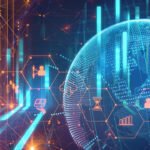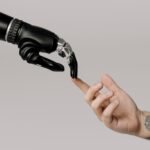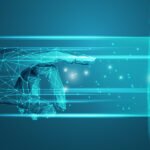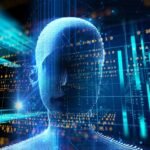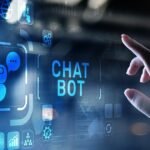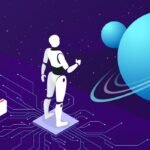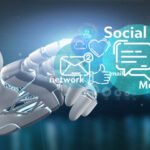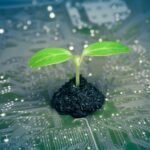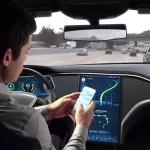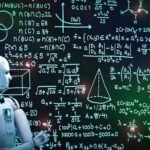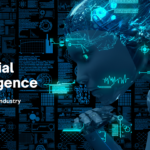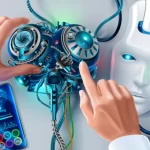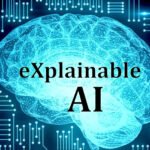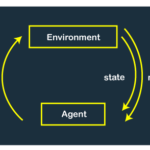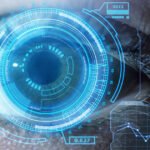Telecom: Enabling Automaton Everywhere through AI and Analytics
As operators strive to enhance the velocity and scale of their Service Assurance processes within complex enterprise IT and network domains, automation has become a critical focus. In my previous blog, I highlighted the need for new approaches in Service Assurance, and in this blog, I will delve deeper into how operators can leverage automation to address key challenges, including:
- Contextualizing and intelligent trouble ticketing: With evolving technologies and increasing complexity, trouble ticketing has become a top priority for telecommunications transformation. Network issues can arise throughout the network, often with unclear causes and impacts. Meanwhile, customer satisfaction is crucial in a competitive landscape. To address these challenges, operators can leverage automated, AI-powered analysis of complex datasets. By visually presenting insights from performance, alarm, and ticket data across network, infrastructure, and cloud environments, operators can identify patterns and intelligently correlate multiple problems to a common root cause or set of customer impacts. This enables faster and more efficient resolution of trouble tickets.
- Reducing the cost and impact of change: The rate and complexity of change are constantly increasing, requiring operators to adopt more agile approaches. Traditional change management processes are often unable to keep up with the speed and scale necessary for ongoing network transformation. By automating change assessment and scheduling, operators can reduce human involvement, enhance the success rate of changes, predict and mitigate potential customer disruptions, and support fully automated change assessment and scheduling for machine-generated changes.
- Operator-guided automation: Operator-guided automation acts as an intermediate stage towards fully autonomous networks and self-governing systems. Before completely relinquishing control to AI and closed-loop automation, operators can choose a semi-automated approach. Through AI-driven intelligent automation, operators are guided towards the right trouble remediation actions or can enable fully automated remediation. The success of these actions is measured to improve accuracy, gradually reducing the need for manual intervention and progressing towards fully closed-loop automation.
Moving towards AIOps: To deliver a superior customer experience, operators need to shift from reactive problem-solving to a predictive approach. This involves leveraging system data to anticipate and prevent issues before they impact service quality. AI enables operators to assess common underlying problems across systems and empowers operations teams to use big data, machine learning, and analytics to identify patterns in monitoring, capacity, and automation data. By gaining insights from this analysis, operations teams can improve the speed, quality, and cost-efficiency of service delivery. The ultimate goal is to achieve fully autonomous delivery, where real-time automation ensures optimal service quality at the required speed, scale, and efficiency for modern operator environments.
By embracing automation, operators can overcome the challenges in Service Assurance, improve operational efficiency, and enhance the overall customer experience. Automation, coupled with AI capabilities, empowers operators to proactively identify and address issues, optimize performance, and drive the transformation towards autonomous network operations.





